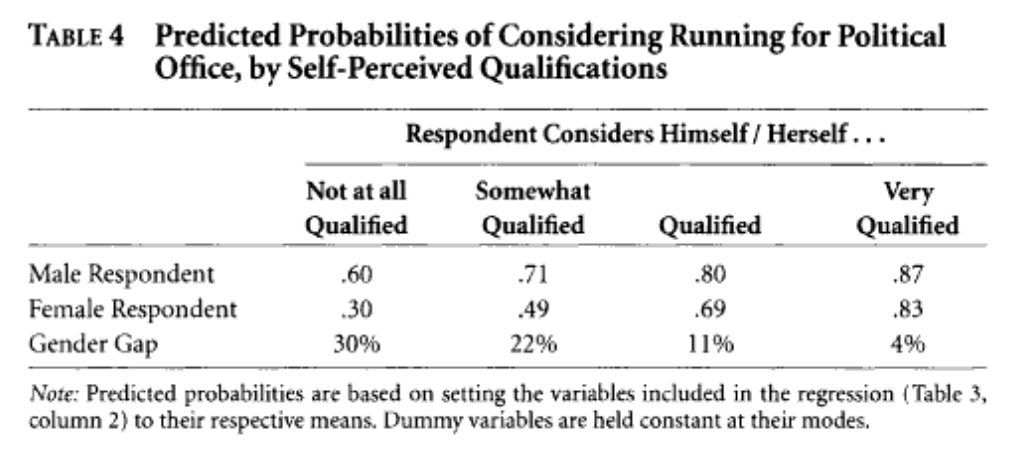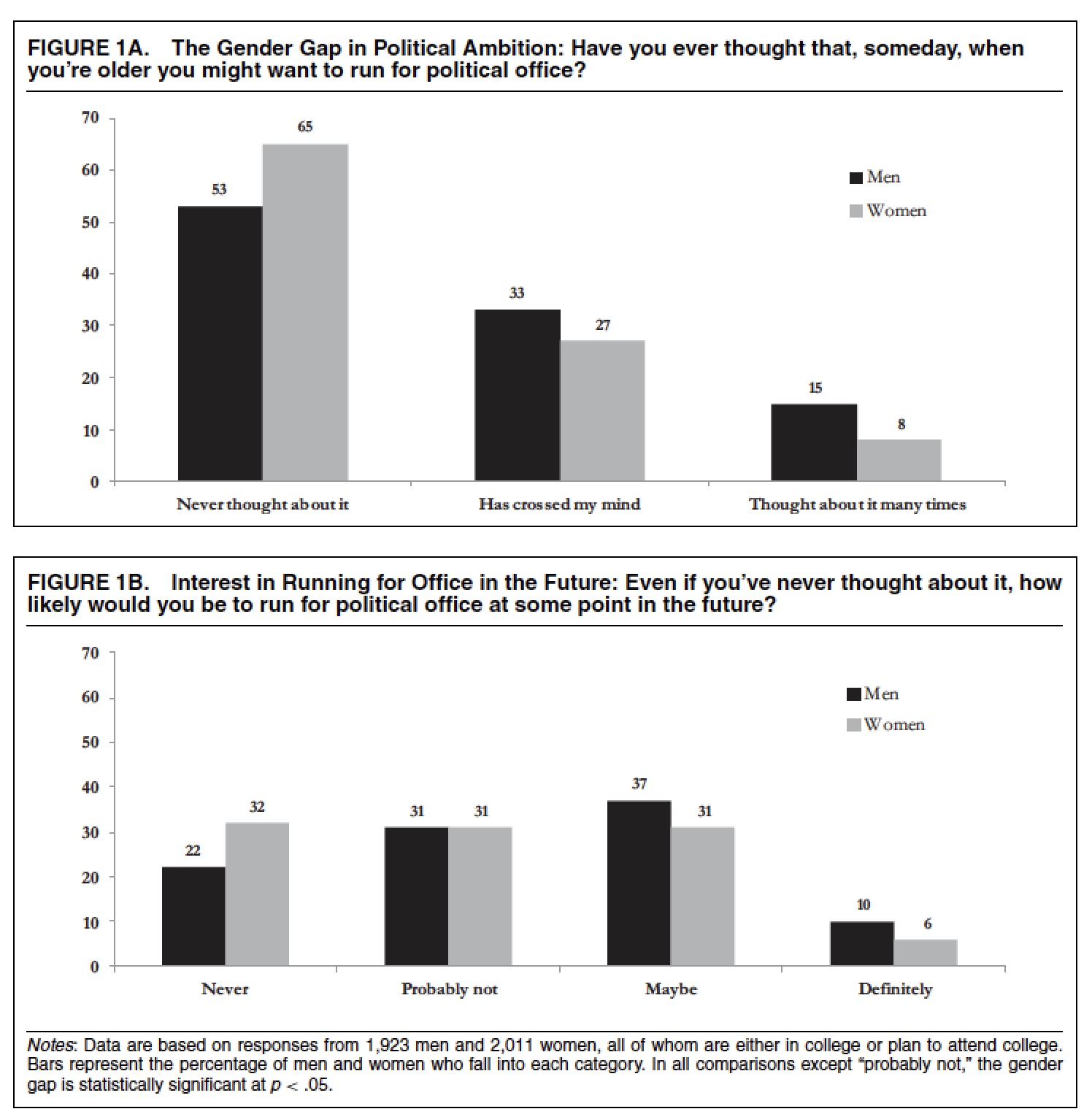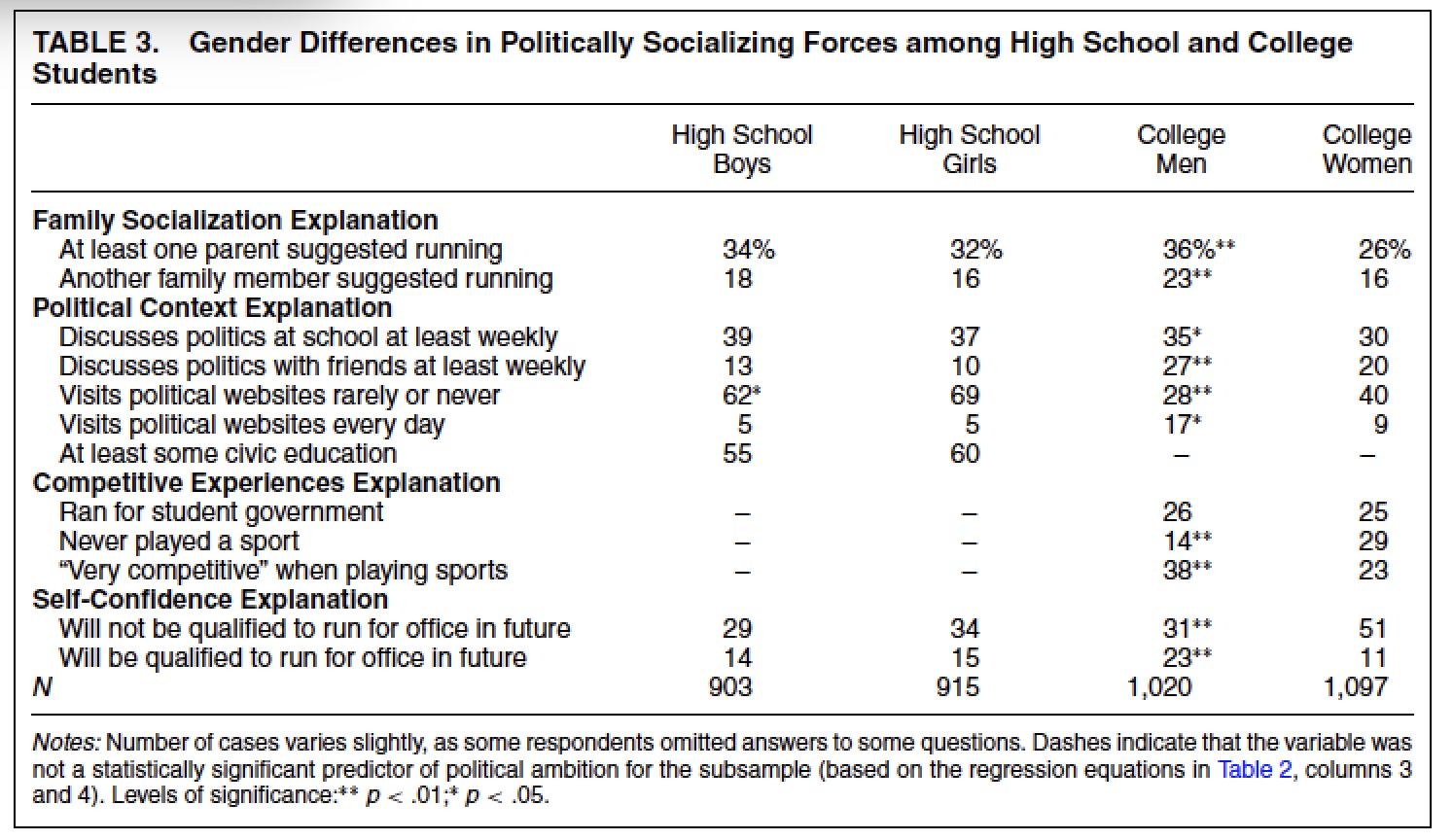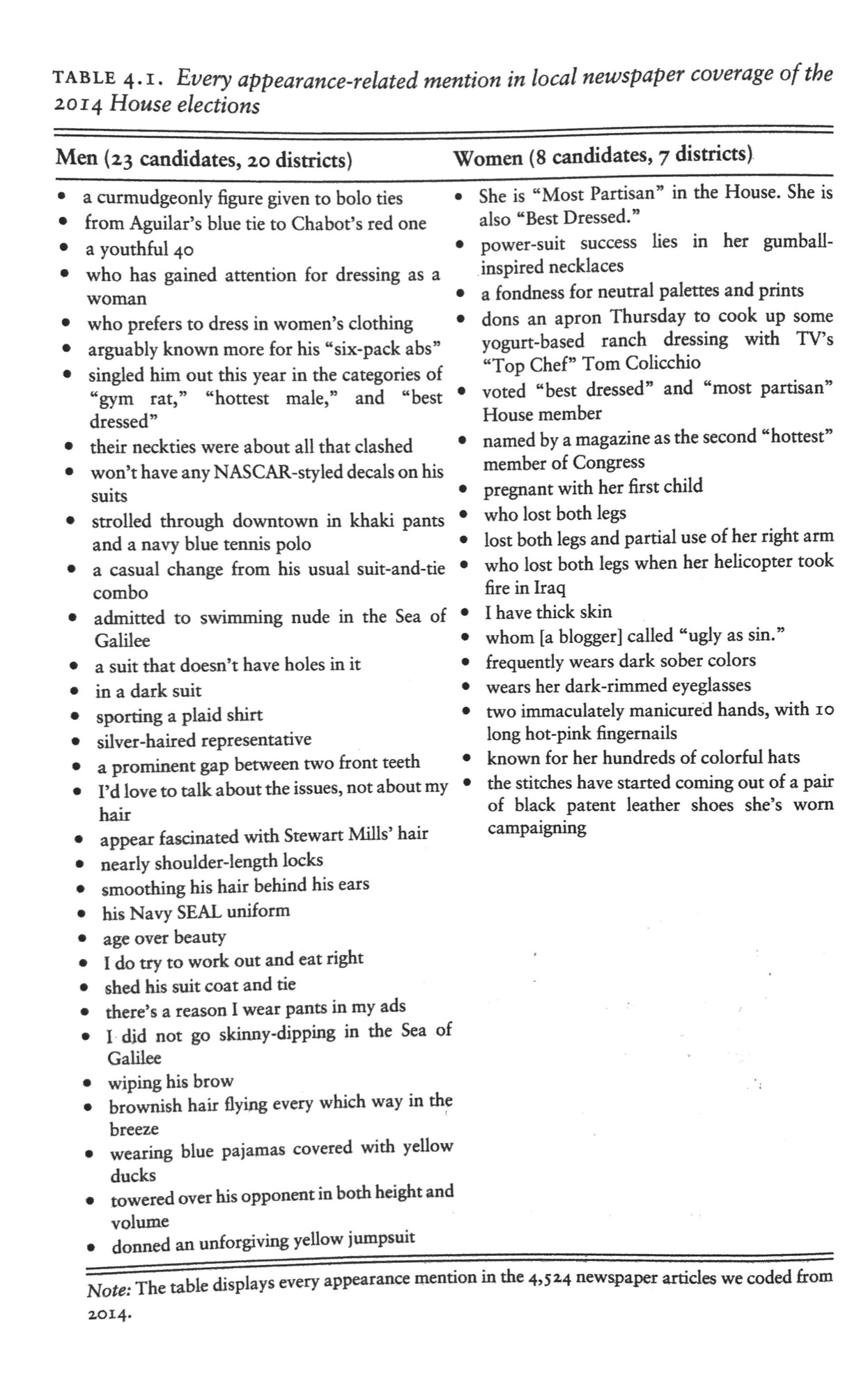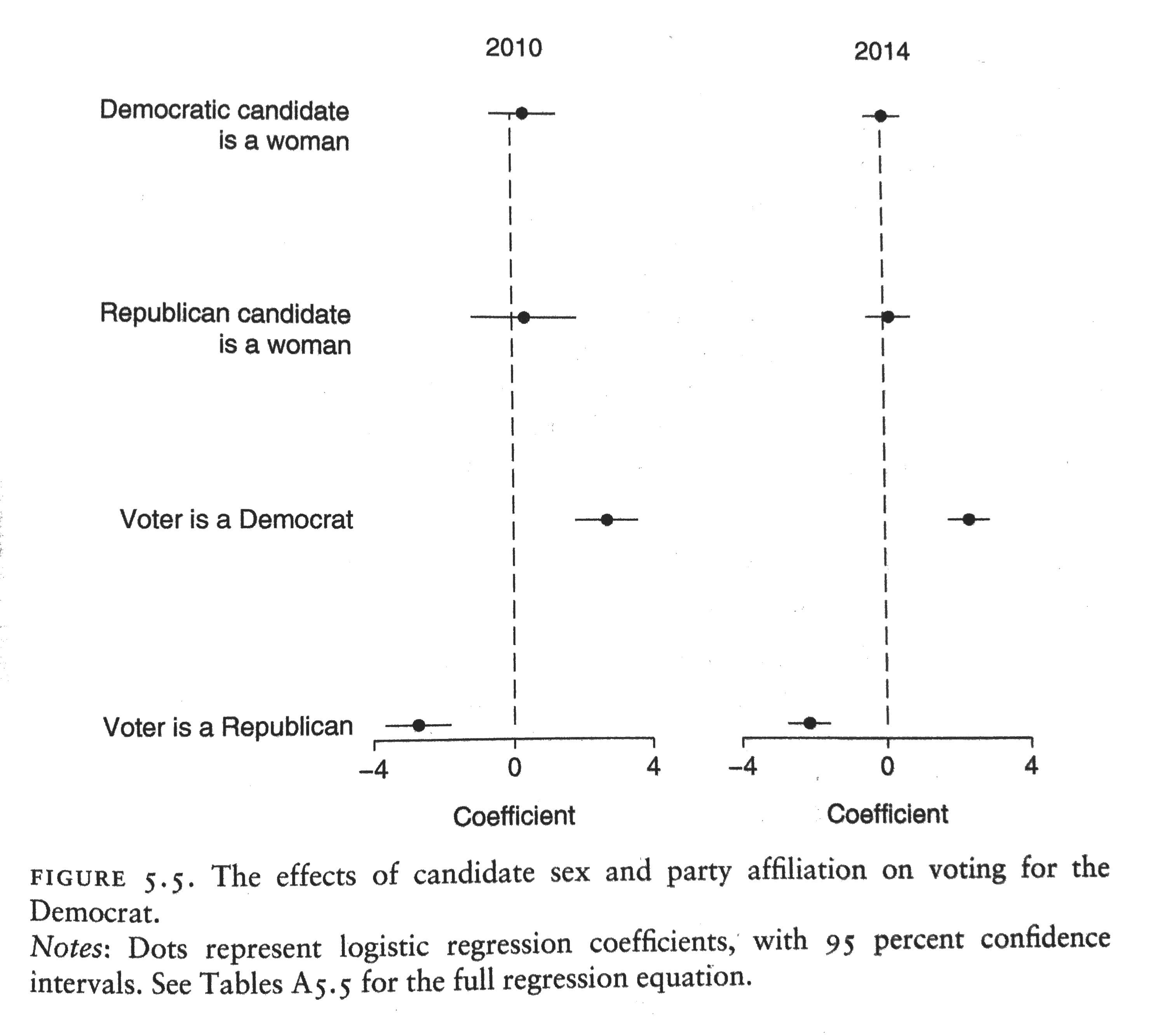Top Line
Despite much talk about the need to vote for women this year, it wasn’t an unusually good year for women running for office. No women will sit in Maryland’s congressional delegation. Only one woman will be on the county council. Women netted two new delegates but no new senators in General Assembly contests.
Looking at the Results
At the federal level, Maryland’s delegation will remain all male as Del. Aruna Miller lost to David Trone for the Democratic nomination in the Sixth Congressional District.
In the county executive race, Rose Krasnow came in third with 15% of the vote but badly trails the two leaders, Marc Elrich and David Blair, who are neck-and-neck at 29%. The four other countywide offices were all won by incumbents.
The county council will have one woman on it: incumbent Nancy Navarro (D-4) who faced only token opposition as she breezed through to nomination for a final term. The previous council had two women but Nancy Floreen (D-At Large) could not seek reelection and retired from public office.
All four of the county council at-large seats were won by men, incumbent Hans Riemer and newcomers Gabe Albornoz, Will Jawando, and Evan Glass. Marilyn Balcombe came in fifth place but currently trails Albornoz for the fourth seat by 4689 votes.
The district races were no better for women. District 1 had three solid female candidates who came in second, third and fourth. Ana Sol Gutierrez fell 2059 votes behind winner Andrew Friedson. Female challengers to incumbents in Districts 2 and 5 fell far behind the incumbent winners. No woman sought the Democratic nomination in District 3, where incumbent Sidney Katz edged out a male challenger, Ben Shnider.
The state legislative races were a brighter spot for gender parity but nevertheless showed only small gains for women: a net increase of two delegates. However, the latter is significant as it brings women to parity with 12 of the 24 delegate seats The share of women in the MoCo Senate delegation remains unchanged at 3 of 8.
In District 14, two of the delegates – Anne Kaiser and Pam Queen – are women. Lily Qi will replace Del. Aruna Miller in District 15, and will join incumbent Del. Kathleen Dumais.
Sen. Susan Lee was renominated in District 16, as was Del. Ariana Kelly. Right now, Samir Paul is edging out Sara Love for the seat currently held by Bill Frick, so looks like no change there either. Sen. Cheryl Kagan was renominated in District 17. Julie Palakovich Carr won the seat vacated by Andrew Platt, so D17 will gain one female delegate.
In District 18, Emily Shetty won a delegate nomination and looks set to replace Ana Sol Gutierrez as the only woman in the delegation. Three other female candidates ran behind incumbent Del. Al Carr and newcomer Jared Solomon. District 19 also saw turnover but no gender balance change. Charlotte Crutchfield will join sitting Del. Bonnie Cullison in Annapolis, as incumbent Del. Maricé Morales fell just a little short in her reelection effort.
District 20 will have continue to have two female delegates, as Del. Jhenelle Wilkins won renomination. She’ll be joined by Lorig Charkoudian, who will take the seat held by Del. Sheila Hixson. Finally, Sen. Nancy King won renomination in District 39. Lesley Lopez surprised by topping the delegate ballot, so D39 will now have one female delegate – a jump from zero.




